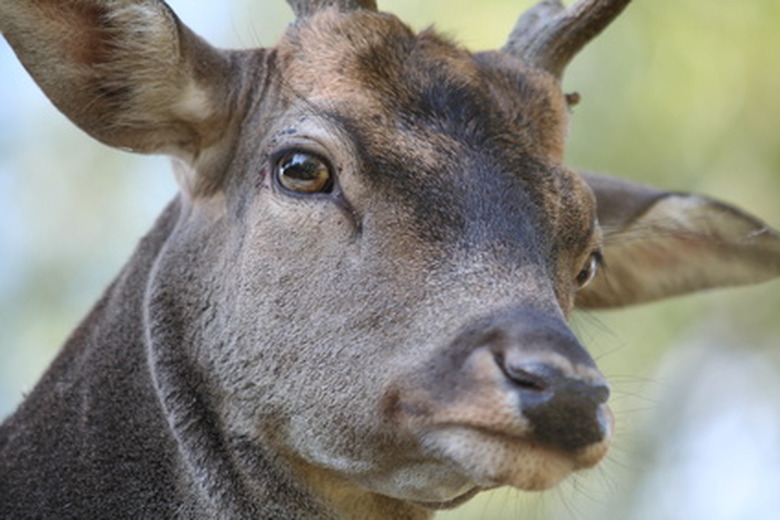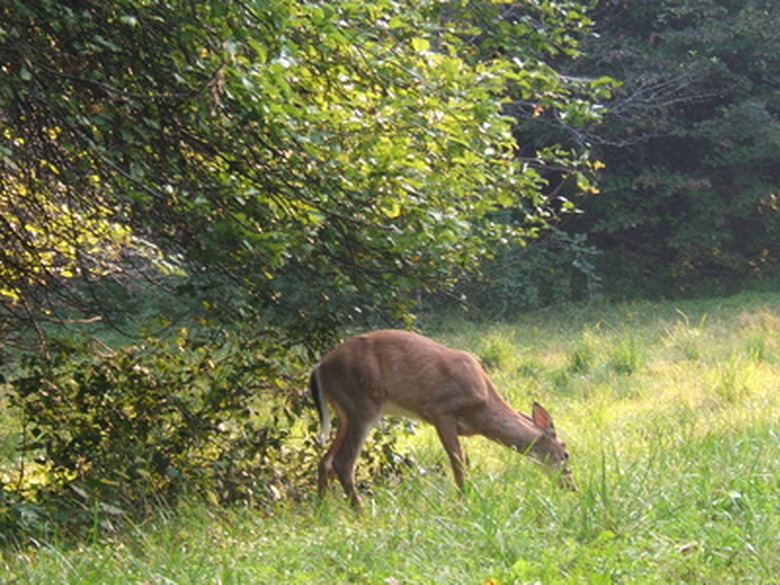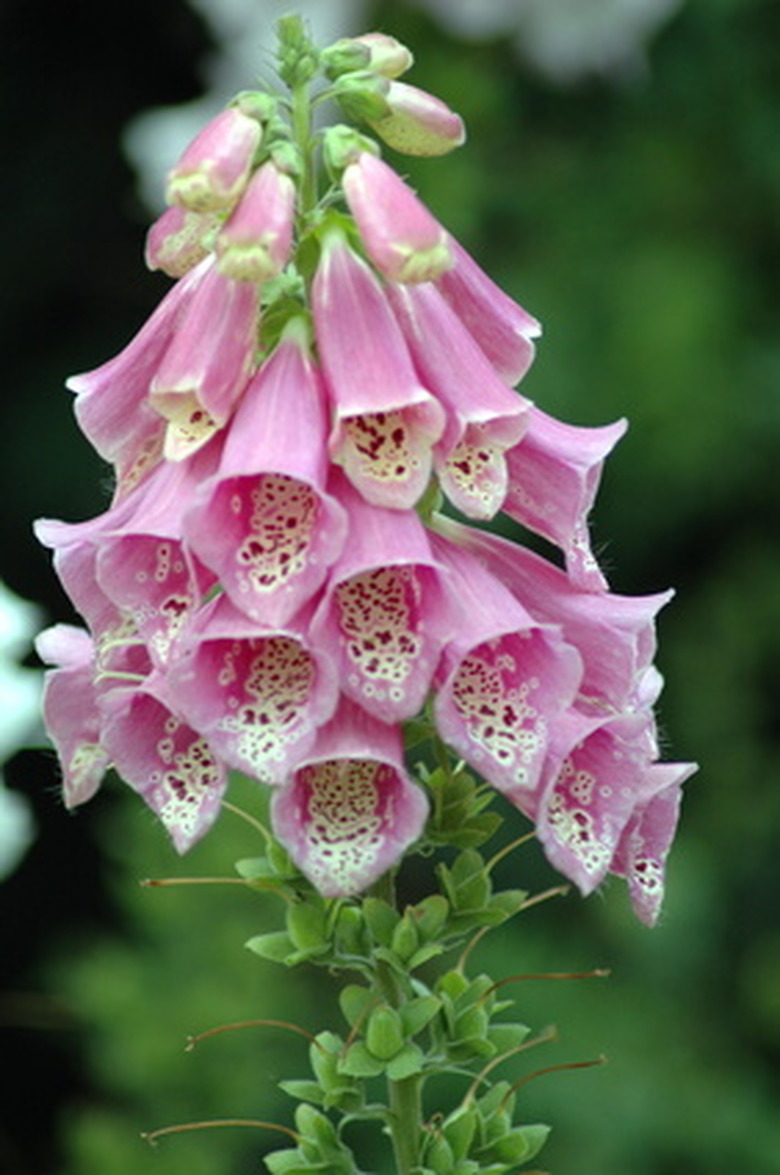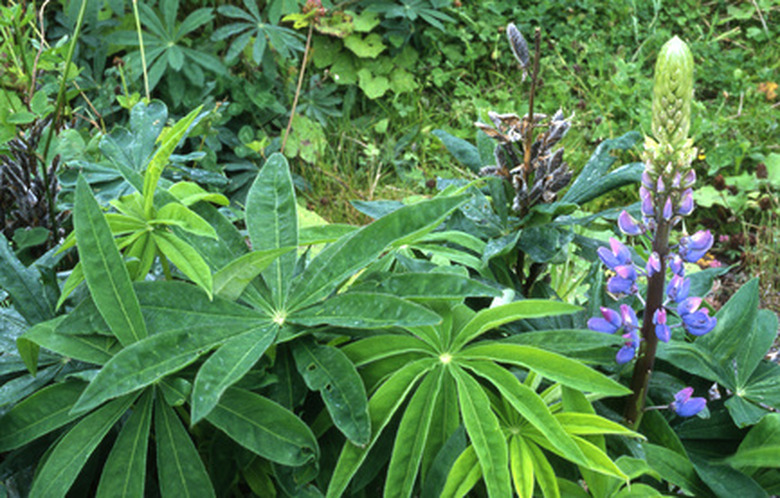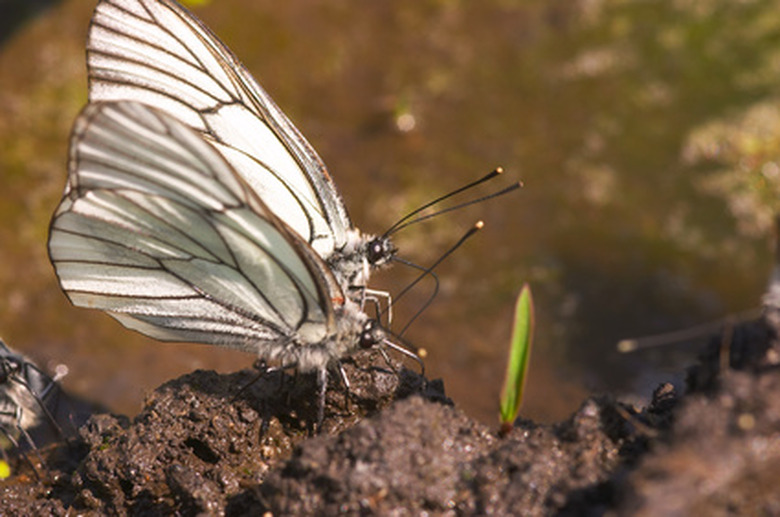Deer Proof Plants For The Pacific Northwest
Many people in the Pacific Northwest live in suburbs and rural neighborhoods that are adjacent to wilderness areas. Gardeners in such locations are often put into direct conflict with deer when trying to successfully landscape their properties. Deer enjoy feasting on a variety of plants, shrubs and trees, but a few plants offer promise for creating a deer-resistant landscape.
Corydalis
Corydalis (Corydalis lutea) is a woodland plant that flourishes in shady to partially shady conditions. Deer do not care for the blossoms or the foliage of this plant. Plant in well-drained, moist soil that contains a large amount of organic matter for an extended bloom time. The plants produce an abundance of bright yellow blossoms from May to September. Corydalis is a perennial and easily self-seeds. The plant forms a mound that measures 15 inches by 18 inches. Its mounding habits and prolific growth make the plant ideal in borders or for ground cover. Corydalis thrives throughout the Pacific Northwest where it enjoys the cooler summers with moderate to low humidity.
- Many people in the Pacific Northwest live in suburbs and rural neighborhoods that are adjacent to wilderness areas.
- Its mounding habits and prolific growth make the plant ideal in borders or for ground cover.
Foxglove
Foxglove (Digitalis purpurea) produces tall spears of bell-shaped flowers. The plant is toxic and avoided by deer. Foxglove can easily attain a height of 4 to 5 feet. The flowers are often white, lilac, peach, purple and pink. The foliage of the plant forms a large greene rosette. The plant is a biennial, so the first year the foxglove produces only foliage, but by the second year foxglove produces tall flower spikes in abundance. It easily self seeds and spreads widely. The plant enjoys shady conditions with well-drained soil, and flourishes throughout the Pacific Northwest.
- Foxglove (Digitalis purpurea) produces tall spears of bell-shaped flowers.
- The plant is a biennial, so the first year the foxglove produces only foliage, but by the second year foxglove produces tall flower spikes in abundance.
Sundial Lupine
Sundial lupine (Lupinus perennis) produces 2-foot tall spears of dark purple flowers. Pink and white varieties are also available. The plant is considered to be poisonous to most livestock and avoided by deer. Sundial lupine grows wild in many locations. In the Pacific Northwest this perennial plant flourishes in both sun and shade, and is found widely across the region. The plant is believed to fix nitrogen into the soil, which is a benefit to the garden according to the University of Texas. Plant in fertile soil that is well-drained.
- Sundial lupine (Lupinus perennis) produces 2-foot tall spears of dark purple flowers.
- The plant is believed to fix nitrogen into the soil, which is a benefit to the garden according to the University of Texas.
Bee Balm
Bee Balm (Monarda didyma) is an exceptionally hardy perennial plant that grows well in the Pacific Northwest. Deer will normally not bother the foliage or the flowers. It grows best in partial shade and well-draining soil. The plant easily self seeds. The flowers are a wonderful addition to any garden and will readily attract butterflies, honeybees and hummingbirds. Flowers can also be cut for excellent, long-lasting bouquets. The blossoms tend to be deep, dark pink or red in appearance and are produced from July to August. The plant will grow approximately 36 inches in height with a slightly smaller spread.
- Bee Balm (Monarda didyma) is an exceptionally hardy perennial plant that grows well in the Pacific Northwest.
- The blossoms tend to be deep, dark pink or red in appearance and are produced from July to August.
